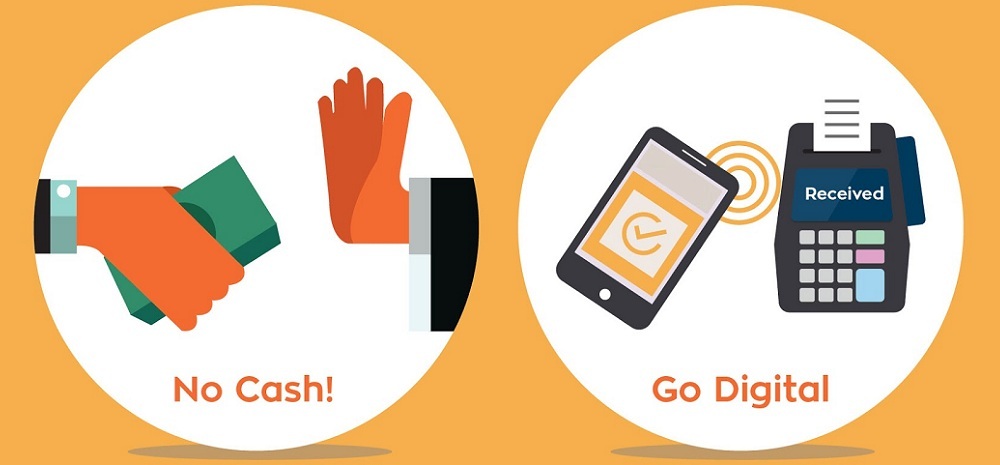UPI Grows By 885%, Beats Debit, Credit Card To Become #1 Cashless Payment Mode For Indians!

As per the reports, the three years old digital payments product UPI (Unified Payments Interface) continues to witness tremendous growth in India.
Contents
How Did This Happen?
After citing a 3X growth in transactions in 2019, UPI has overtaken credit cards as a preferred mode of payment.
As said, 2019 was particularly a good year for fintech as many innovations contributed to India becoming one of the most advanced countries in terms of digital payments.
How Is UPI Performing?
According to Razorpay’s fourth edition of ‘The Era of Rising Fintech’ report, in peer-to-merchant online transactions, about 38% of consumers preferred making online payments via UPI which is a 20% rise from the previous year’s figure,.
While 46% of consumers did transact through cards, it is a significant reduction of 10% in comparison to 2018.
The report also added that , across all payments, UPI saw the highest growth of 885% in the past 24 months.
Please note that, all the findings in the report are based on transactions held on Razorpay platform from January 2018 to December 2019.
What About The Other Online Transaction Modes?
Harshil Mathur, CEO and Co-founder of Razorpay said “For the first time in the history of digital payments, we saw UPI overtaking cards. UPI has become the preferred choice not only for P2P (peer-to-peer) payments but also for P2M (peer-to-merchants) payments,”.
At the same time, the share of net banking went down by 12% to 11.4% in 2019.
If we talk about UPI apps, Google Pay continued its lead in digital transactions with a 59% share while PhonePe and Paytm contributed 26% and 7% respectively.
What About The Wallets?
In Spite of the growth of UPI, the share of wallets continued to decline despite the increase in the number of transactions.
Out of all wallets, Amazon Pay emerged as the most prefered wallet among consumers at 33%, followed by Ola Money at 17%.
How Did Different Sectors Performed In Digital Adoption?
As per the report, Food and Beverage (26%), Financial Services (12.5%) and Transportation (8 %) were the top three sectors to witness a rise in digital adoption.
Talking about the top cities, Bengaluru continues to be the most digitised city (23.31%), whereas Delhi saw major improvement grabbing the second spot (10.44%) followed by Hyderabad (7.61%).
What Does Report Say For Improvement?
The report also suggests that the fintech industry needs regulatory support to flourish.
According to them, the regulation will help expand the digital payments infrastructure in India and startups need to invest more in local compliance rather than global launch, the report said.
While talking about the potential game-changer in 2020, Mathur said, “Trust will be bigger than convenience in digital payments”.
What Can Be Expected In The Future?
According to Razorpay, they power digital payments for more than 6 lakh businesses including IRCTC, Airtel, BookMyShow, Zomato, Swiggy, Yatra and Zerodha, among others and plans to increase this to 1,000,000 by 2020.
The company is a late entrant in payment gateway business, has in FY19 emerged as one of the fastest-growing firms registering noticeable growth and improved its financials.
According to Razorpay, they curbed its losses to Rs 3.26 crore in FY19 from Rs 12.8 crore in the previous year, whereas the company’s earnings from the commission on the payment gateway service climbed up to Rs 193.03 crore in FY19 from about Rs 90 crore in FY18.

Comments are closed, but trackbacks and pingbacks are open.